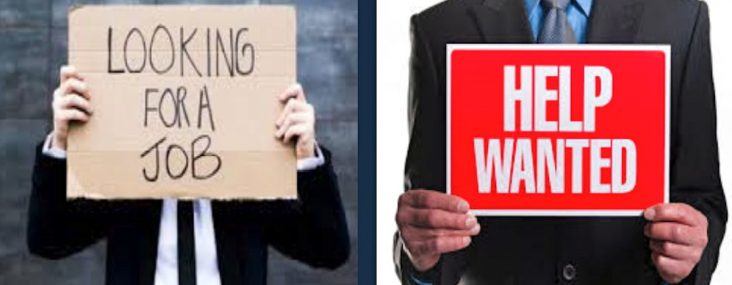Talent gaps in the workforce linked to sluggish economic growth
by December 6, 2016 11:59 am 285 views

Talent gaps in the workforce continue to present challenges for employers and there is no quick fix to the problem, according to Ted Abernathy, partner with North Carolina-based Economic Leadership LLC.
Abernathy said the workforce challenges that present a mismatch between job candidates and employers will likely exist for several more years, in part because of a new breed of employee he calls digital nomads. He said freelancers or contract workers who choose not to sign on with a single employer are a growing percentage in the workforce. While he doesn’t expect digital nomads to represent a much larger share than around 30% of the employment market, he said they are having an impact on the workforce, which is tight in many fields and oversupplied in other, more manual professions.
Abernathy, who spoke at the recent NWA Workforce Summit held in Springdale, has worked with the Northwest Arkansas Council on workforce issues for several years. He said the U.S. and global economies are somewhat paralyzed by complexity. He said there is an oversupply of workers on a global scale and that will get worse as more jobs become automated in the future.
“Most job candidates think they are qualified, employers say they are not,” he said. “This mismatch between the talent pool and human resource hiring teams has become somewhat of a national obsession in recent years.”
Artificial intelligence, autonomous automobiles, 3-D printing and Industry 4.0 — something Abernathy refers to as machines interacting with other machines — are just a few of the technologies already threatening jobs in multiple employment sectors in Arkansas and around the nation.
When looking at how the world has fundamentally changed in the last 13 years, Abernathy said none of the following companies or technologies existed in 2003: Facebook (created in 2004); YouTube (2005); Twitter (2006); iPhone – mobile apps and mobile maps (2007); Fitbit (2007); Airbnb (2008); Uber (2009); Facetime (2010); and Snapchat (2011).
In addition to the dramatic technology changes, there is also a demographic shift underway as the U.S. workforce ages, Abernathy said.
“People also are having fewer children. In the 1960s families had an average of 3.7 babies. Today it’s 1.9 children on average,” Abernathy said.
He said anyone in business is keenly aware of the impact of social network sites and a shared – or gig-economy – that simply didn’t exist 15 years ago. He said while the world has changed, the fundamental way educational systems prepare a generation for the workforce is still stuck in the 1970s.
Abernathy credits Northwest Arkansas with being ahead of other metros in how it’s looking at readying a workforce that can support smart manufacturing, medical sciences, education, IT and the trades. He said while 25% of workers will eventually have machines for supervisors, there will always be jobs for people, though they won’t necessarily be the traditional jobs of past generations.
“Everywhere we go CEOs tell us the No. 1 consideration for new investment is the availability of skilled labor. … But they don’t always know what types of skills will be necessary next year much less in the next five years, which makes the education piece even more complicated, creating workforce conundrums,” he said.
He said it’s impossible for a region, state or nation to grow its economy without skilled labor. He pointed to the fracking boom that hit the Dakotas a few years ago. He said they didn’t have the labor, but the labor moved in and they cultivated the necessary skill sets. He said regions that train, and retrain workers when necessary have a competitive advantage over those areas of the country that do not.
To put the workforce challenges in context with economic growth at a broad view, Abernathy said there are about 1 billion more people in the global workforce today than a decade ago. When coupling that with technology replacing some manual labor positions it’s easy to see why wages are growing at a much slower rate.
He expects global GDP to grow about 3% next year and the reason it won’t be higher is because of declining trends in the workforce participation rate and the industrial productivity rate.
“When these two metrics trend lower, it’s impossible to see a higher GDP rate,” Abernathy said.
He said the state’s economy closely tracks the national growth patterns, but Northwest Arkansas continues outperform the state metrics in terms of job growth and productivity output. The Jonesboro metro area led the state in employment growth through September up 3.4%, compared to 2% gains in Northwest Arkansas and 1.5% statewide.
